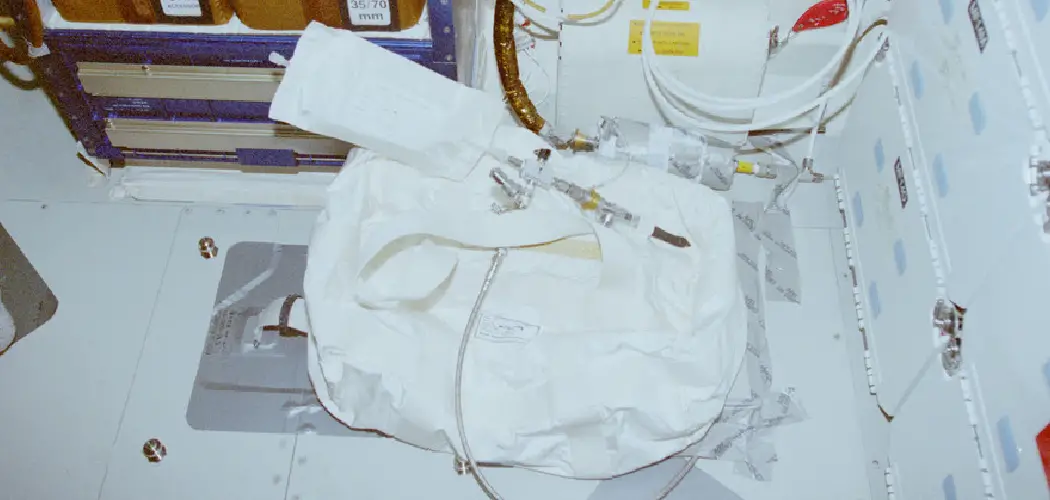A condensate pump is an essential part of your HVAC system. It helps remove excess water from the drain pan and prevents water damage to your property. However, like any other mechanical component, it requires proper maintenance to function efficiently. In this guide, we will discuss why it is important to know to clean a condensate pump.
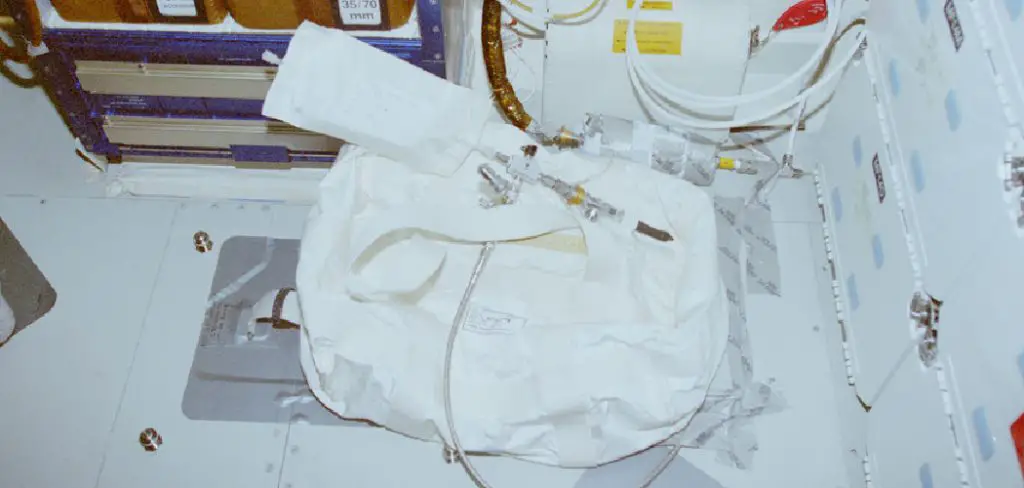
The main advantage of cleaning a condensate pump is that you won’t need to rely on expensive professional services anymore. Condensate pumps can accumulate dirt and grime over time, which leads to clogs and other issues that require attention. By knowing how to clean your own condensate pump, you can save money in the long run and ensure proper maintenance for your HVAC system. In this blog post, You will learn in detail how to clean a condensate pump.
Step-by-step Instructions for How to Clean a Condensate Pump
Step 1: Inspect the Pump
The first thing you should do before even attempting to clean a condensate pump is to inspect the pump itself. Make sure it is unplugged and visually check for any signs of damage or wear and tear. Once you have inspected the pump, disconnect the power supply to ensure your safety while cleaning.
Step 2: Remove the Cover
If your pump has a cover, remove it carefully. This will give you access to the inside of the pump for cleaning. Inspect the float switch and drain line for any debris or buildup that could be causing clogs in the pump.
Step 3: Clean the Reservoir
Using a mixture of equal parts water and vinegar, clean the reservoir of the pump. This will help remove any buildup or mold that may have accumulated. If you find that the drain line is clogged, use a small brush or pipe cleaner to carefully remove any blockage. Be gentle to avoid damaging the drain line.
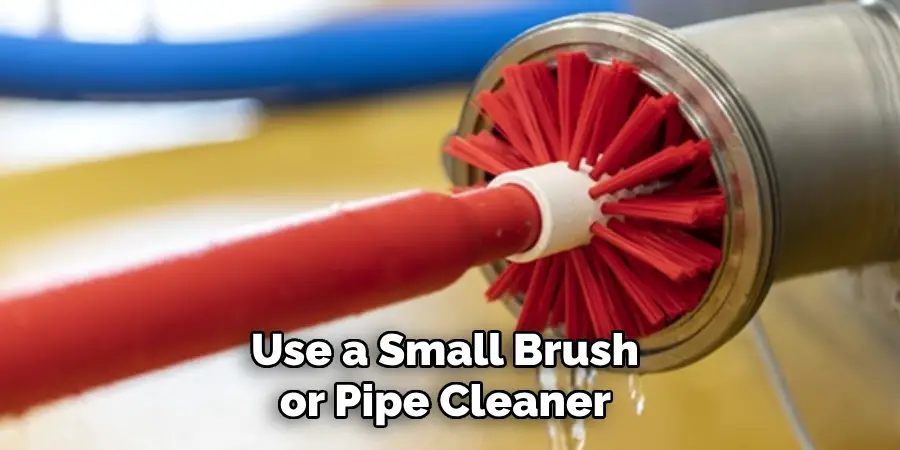
Step 4: Clean the Float Switch
Using a damp cloth, gently clean the float switch to remove any buildup or grime that could be affecting its function. Once you have completed cleaning all parts of the pump, rinse everything thoroughly with water and dry with a clean cloth.
Step 5: Reassemble the Pump
Carefully put all parts of the pump back together, making sure everything is securely in place. After reassembling, plug in the power supply and turn on the pump to check if it is working properly. If not, repeat steps as needed.
Step 6: Regular Maintenance
It is important to regularly clean and maintain your condensate pump to prevent clogs and ensure its longevity. Consider adding this task to your home maintenance routine. If you encounter any issues or are unsure about any steps in the cleaning process, it is always best to seek professional help. A certified HVAC technician can clean and service your condensate pump for you.

By following these steps, you can easily clean your condensate pump and keep it functioning efficiently. Remember to always prioritize safety and regular maintenance for the best results. Now that you know how to clean a condensate pump, you can confidently add this task to your home maintenance checklist.
Precautions for How to Clean a Condensate Pump
- Before attempting to clean your condensate pump, it is important to read the manufacturer’s manual or instructions. This will help you understand the specific steps and precautions to take while cleaning. Failure to follow the proper instructions can result in damage to the pump or injury.
- Always ensure that the power supply is turned off before cleaning your condensate pump. This ensures safety and prevents any electrical hazards. Unplug the pump from its power source and switch off any circuit breakers connected to it. You can also use a voltage tester to make sure that there is no power supply.
- Wear protective gear such as gloves and safety glasses while cleaning the pump. This will protect your hands and eyes from any potential harm, especially when handling cleaning solutions or chemicals. It is also recommended to wear a face mask if you are sensitive to strong odors.
- Handle the pump with care and avoid exposing it to excessive moisture or water. The pump should be kept dry at all times, except when cleaning it. Excessive moisture can cause damage to the pump’s electrical components, causing it to malfunction. It is also important to ensure that the pump is completely dry before reconnecting it to its power source.
- Use only mild cleaning solutions when cleaning your condensate pump. Strong chemicals can damage the pump’s components and may even cause corrosion. A mix of water and vinegar or a specialized condensate pump cleaner are good options for cleaning. Avoid using bleach or other harsh cleaners.
- Do not disassemble the pump unless it is necessary for cleaning and you are confident in your ability to put it back together correctly. If unsure, it is best to seek professional help or follow the manufacturer’s instructions carefully. Taking apart the pump can also void its warranty.
- Regularly clean and maintain your condensate pump to ensure it functions properly. A dirty pump can lead to clogs, leaks, and other issues that may result in costly repairs or replacements. It is recommended to clean the pump at least once a year, or more frequently if you live in a high humidity area or notice any unusual performance from the pump.
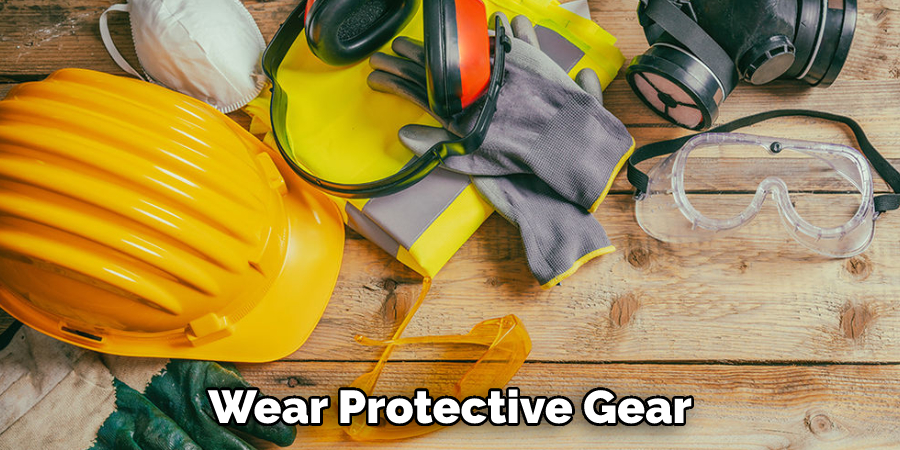
By following these precautions, you can effectively clean your condensate pump without any accidents or damage. Remember to always prioritize safety and consult a professional if you are unsure about any step in the cleaning process.
Some Common Mistakes to Avoid When Cleaning a Condensate Pump
When it comes to maintaining and cleaning a condensate pump, there are a few common mistakes that many homeowners make. These mistakes can not only lead to an inefficient pump but also cause potential damage to your HVAC system. Here are some of the most common mistakes you should avoid when cleaning your condensate pump:
1. Neglecting to Clean It Regularly
One of the biggest mistakes homeowners make is not cleaning their condensate pump regularly. This can lead to a build-up of debris, dirt, and algae in the pump, which can clog the drain line and cause your pump to malfunction. It is recommended to clean your condensate pump at least once a year, preferably before the start of the cooling season.
2. Using Harsh Chemicals
Many people think that using strong chemicals will help clean their condensate pump better. However, this can actually do more harm than good. Harsh chemicals can damage the materials in the pump and cause corrosion, leading to leaks and other issues. It is best to use mild cleaning solutions or natural alternatives like vinegar and water.
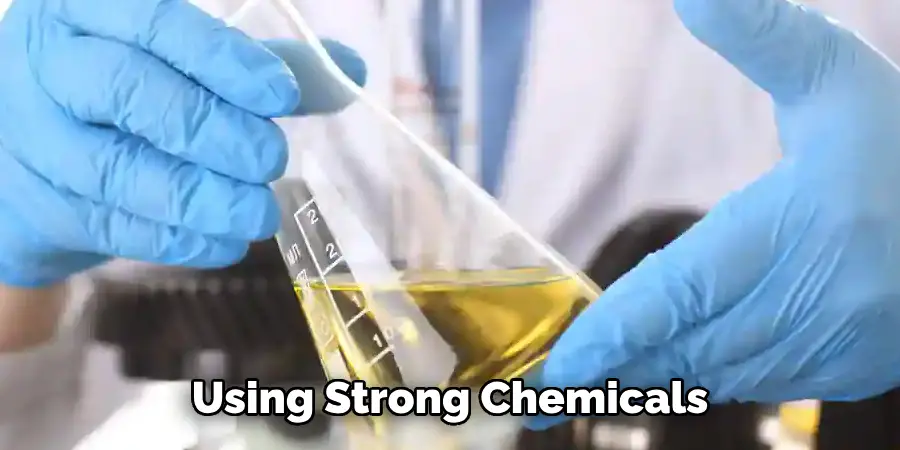
3. Not Checking the Drain Line
Cleaning the pump itself is not enough; you also need to make sure that the drain line is clear of any obstructions. If there are any clogs or blockages in the drain line, it can cause water to back up and overflow, leading to potential damage and costly repairs. Be sure to check and clean the drain line regularly as well.
4. Not Following the Manufacturer’s Instructions
Every condensate pump is different, and it is essential to follow the manufacturer’s instructions when cleaning and maintaining it. Using incorrect methods or tools can damage your pump and void any warranties. If you are unsure, it is best to hire a professional or consult with an HVAC technician.
5. Neglecting Other Components of the HVAC System
While cleaning the condensate pump is crucial, it is also essential to take care of other components of your HVAC system. This includes regularly changing air filters and checking for any leaks or issues in the unit. Neglecting these tasks can put a strain on your pump and cause it to work harder, leading to potential breakdowns and costly repairs.
Therefore, to ensure that your condensate pump works efficiently and lasts for a long time, it is crucial to avoid these common mistakes when cleaning and maintaining it. By following proper maintenance procedures and staying vigilant, you can keep your condensate pump running smoothly and avoid any potential issues in the future.
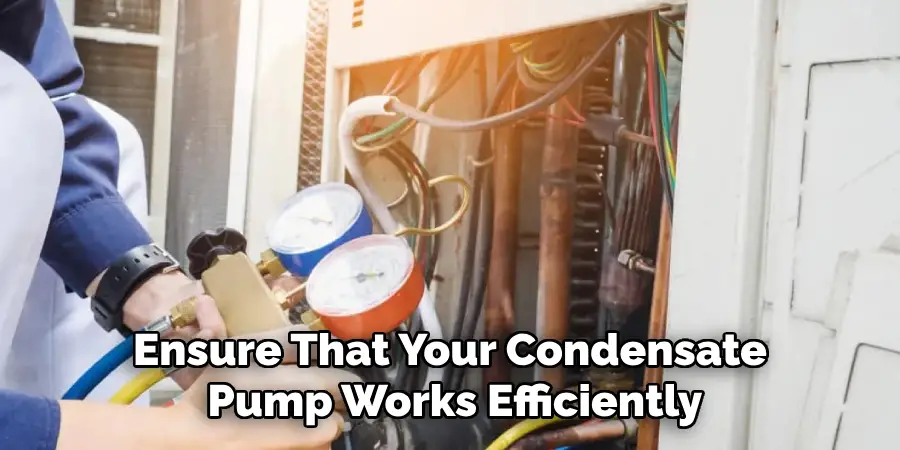
Are There Any Maintenance Tips That Can Help Keep a Condensate Pump Clean?
Cleaning a condensate pump is an essential part of its regular maintenance. Not only does it help to ensure proper functioning, but it also helps to prevent any potential damage or malfunctioning that may occur due to clogged or dirty components. In this section, we will discuss some maintenance tips that can help keep a condensate pump clean and in good working condition.
1. Regular Cleaning is Key
The key to keeping your condensate pump clean is by performing regular cleaning. This means cleaning it at least once every few months or as recommended by the manufacturer. Regular cleaning can help prevent any build-up of debris or dirt in the pump, which could potentially lead to clogging and other issues.
2. Use a Mild Detergent
When cleaning your condensate pump, it is essential to use a mild detergent or soap. Avoid using harsh chemicals as they can damage the components of the pump and affect its functioning. A mixture of warm water and mild detergent is typically sufficient for cleaning the pump thoroughly. It is also important to avoid getting any water or cleaning solution into the electrical components of the pump.
3. Remove and Clean the Pump’s Cover
To clean the pump, you may need to remove its cover first. This can be done by following the manufacturer’s instructions. Once you have removed the cover, use a soft cloth or brush to wipe away any visible dirt or debris. If there is any build-up of grime or residue, you can use a mild detergent solution to clean it off thoroughly. However, be careful not to damage any of the components while cleaning.
4. Clean the Reservoir
The reservoir is where the collected condensation water is stored before being pumped out. It is essential to clean this component as well during regular maintenance. You can use a mixture of warm water and mild detergent to scrub away any dirt or grime that may have accumulated in the reservoir. Once cleaned, make sure to dry it thoroughly before reassembling the pump.
5. Check and Clean the Drain Line
The drain line is responsible for carrying out the collected water from the reservoir to a suitable location. However, if it gets clogged or dirty, it can hinder the functioning of the pump. Therefore, during regular maintenance, make sure to check and clean the drain line as well. You can use a small brush or pipe cleaner to remove any obstructions in the drain line.
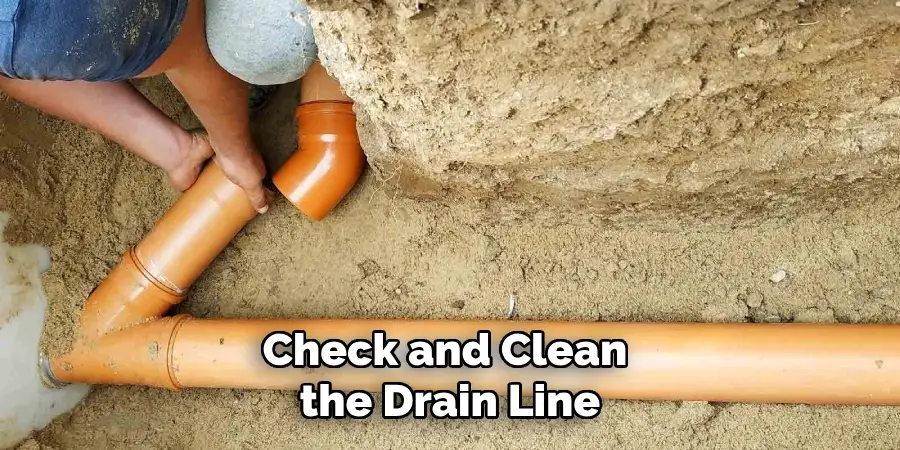
Conclusion
In conclusion, a condensate pump plays an essential role in your HVAC system, protecting it from excess moisture and preventing water damage. However, like any other mechanical device, it requires regular maintenance to function correctly.
Cleaning the condensate pump is a crucial aspect of this maintenance routine. In this blog, we have discussed the steps involved in cleaning a condensate pump and how to do it effectively.
We began by understanding what a condensate pump is and its significance in an HVAC system. We then discussed various signs that indicate your condensate pump needs cleaning and why it is necessary to clean the pump regularly.
Next, we delved into the step-by-step process of cleaning a condensate pump, starting from gathering the necessary tools to checking the power supply before beginning the cleaning process. I hope this article has been beneficial for learning how to clean a condensate pump. Make Sure the precautionary measures are followed chronologically.

